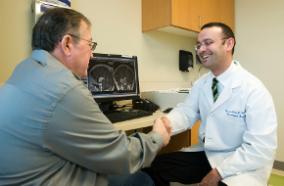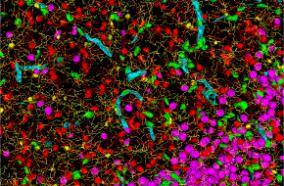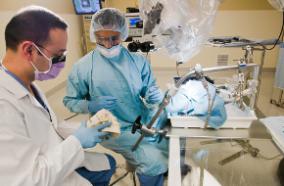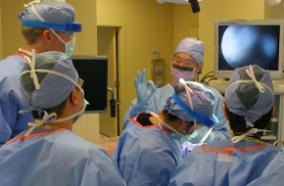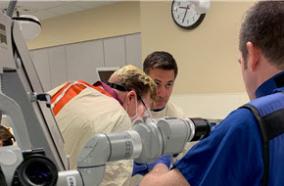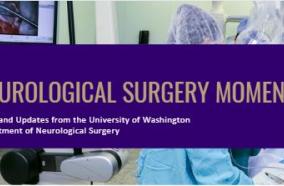Hospitalizations due to Angioedema without Urticaria in a Portuguese Center: Five Year Retrospective Study.
Hospitalizations due to Angioedema without Urticaria in a Portuguese Center: Five Year Retrospective Study.
Acta Med Port. 2019 Nov 04;32(11):714-720
Authors: Cosme J, Spínola A, Ferreira MB, Barbosa MP
Abstract
INTRODUCTION: Hospitalizations due to angioedema are important especially in debilitating or life-threatening situations. The aim of this study was to evaluate the frequency and etiology of angioedema without urticaria in hospital admissions.
MATERIAL AND METHODS: The admissions between 2009 and 2013 in Centro Hospitalar Lisboa Norte with a diagnosis grouped under the ICD9 codes of angioedema were retrospectively analysed. The episodes of angioedema with urticaria were excluded. The admissions were categorized into 2 groups: A - hospitalizations motivated by the angioedema; B - hospitalizations in which the angioedema was an incidental finding.
RESULTS: There were 169 hospitalizations (52% females, 96% adults, mean age 52 ± 20.8 years), distributed by 23 hospital departments, 51% in the Immunoallergology department. The mean annual angioedema admission rate was 72/100 000. In 68% of the cases, angioedema was the cause for the admission; in 32% an incidental finding. In 38% there was upper airway involvement. The etiologies were: hereditary angioedema in 24%, angiotensin converting enzyme inhibitor induced angioedema in 31%, idiopathic angioedema in 21%, thrombolysis induced angioedema in 13%, nonsteroidal anti-inflammatory drug-induced angioedema in 5%.
DISCUSSION: The main etiology was angiotensin converting enzyme inhibitor angioedema, followed by hereditary angioedema and thrombolysis induced angioedema, and these findings concur with the international literature.
CONCLUSION: The mean annual angioedema admission rate was 72/100 000 and there was airway involvement in 38% of hospitalizations.
PMID: 31703184 [PubMed - indexed for MEDLINE]

